A designer needs to keep his/her resources appropriately organized. There are so many resources and elements at their disposal that it can get overwhelming and time-consuming to scan through all of it when they need a particular element out of the mix right away. One such element is fonts. Many designers struggle with keeping their fonts organized. Designers generally hoard attractive fonts when they see them, and over time the list gets overwhelming.
Organizing fonts requires a change of mindset, attitude, adopting new methods, and more. Here are some of the best tips to help you organize your fonts better:
1. Structure your folders by font classifications:

A critical aspect of learning how to organize fonts is to differentiate them or club them together in some logical categories. Some apps do this automatically for you, but you’ll find it easier to store and search for the right font if you know your typography basics. You should take a look into font style classification and typography term sheet to understand the fonts better. Once you get used to identifying fonts based on their classification, you can group them based on their style. This would make it significantly easier to find the right font at the right time when you need it. Font classifications can be based on types like – Serif, Sans – Serif, Slab, Display, Script, and more.
2. Nurture font organization habits:

The best way to develop a habit is by repetitively doing it till it comes naturally to you. When you manually keep organizing your fonts, you gain complete control over your collection. This allows you to be very selective. Doing so would help you pick out and keep the fonts that you find the best of best in custom folders and let the other fonts be as they are in your font library. This way, you won’t have unnecessary or less used fonts in your custom folders that would further increase the accessibility to your favorite fonts in no time.
3. Organize your fonts based on their license:
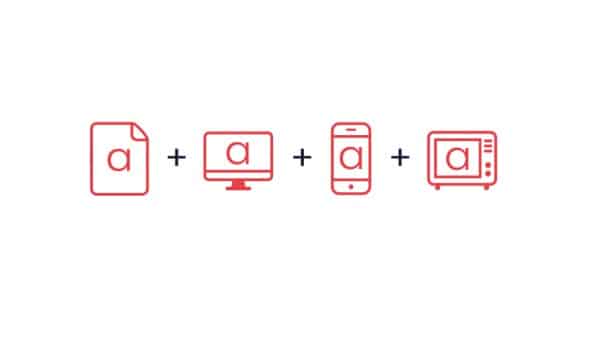
Another important classification that can help you avoid copyrights or check for copyrights now and then is to divide all your fonts based on their license. You can have the sub-classifications that you want under both the categories, but differentiating commercial license fonts and personal-use license font can help you know which fonts to access when you’re working for a client. When a designer sits to work on a project and browses through a cluttered list of fonts, his/her main priority becomes choosing the most aesthetic and relevant font. In this active search, they can forget to check the font’s license, which can lead to some troublesome matters. Hence, consider this classification to avoid copyright issues.
4. Declutter your existing font library:

A good font collection doesn’t necessarily mean a larger font collection. A designer should know what fonts they have no use of and get rid of them as soon as they can. Unwanted fonts are only noise and crowd that make finding the right fonts all the more difficult. It’s like how you might have 20 t-shirts in your wardrobe, but you keep going through the pile to find one of those four favorite t-shirts that you wear. Fonts that you use regularly should be stored in a hard drive and also cloud storage if possible. Don’t just rely on saving them on the computer. If you don’t like the idea of deleting old fonts that you don’t use, keep them separately in a different folder, so they don’t create clutter with the fonts that are useful to you.
5. Have them in descriptive folders:

You can also push it a step further and create descriptive folders instead of having just font style folders. Keep your main folder as it is, but duplicate it in a separate folder on some different location on your desktop. Here you can have the main folder and then have all the fonts divided into more descriptive categories. Some categorizations can be – Playful, Bold, Old Style, Readable and more. Having access to this kind of classification would help you find the right font based on its characteristics and nature. You can match the tone or purpose of your client’s project. Suppose you need to design a children’s storybook; you can quickly go through the descriptive folders, find playful fonts and then select one of the fonts from there. If you are writing designing a sci-fi poster, you could browse through a descriptive folder named Futuristic fonts.
6. Make use of effective font managers:
Font management cannot be easy for all designers. Moreover, not everyone has the time to knit-pick each font and put them in their right categories. You definitely should know the differences between all the fonts and their characteristics. Still, if you are struggling with doing things manually, you can lean back on font managers. Using a good font manager helps elevate your performance. It helps create a centralized and clean font library. It helps ensure the integrity of your fonts. You can organize your fonts for accessing them faster. Here are some of the best font managers that you can rely on:
1. RightFont:
RightFont 5 is one of the most beautiful, innovative, and professional font management tool designed for Mac. It helps the designer’s preview, install sync and also manage their font files. RightFont allows users to activate and deactivate the stored fonts in any folder with a single click. It also allows the user to automatically activate any fonts for Illustrator, InDesign, Photoshop, and other useful apps. If you work in an organization, you can sync all the fonts with your entire team using any cloud service like Dropbox or Google Drive. One limitation that mac users find with default fonts they get is the absence of free Google fonts. RightFont gives the designers access to many free Google fonts at the ease of a single click. There are many more features that help you organize your fonts systematically and make them accessible to anyone on your team that might need it. It has a single device license available currently for $49 and a volume license that goes up to $45 per device for up to 19 devices and $40 per device for 20-50 devices.
2. FontBase:
Font base is a free font manager tool for designers. It gives a designer reliability, stability, and speed that most premium font manager tools provide. It has a very minimalist interface with limited and efficient controls. It doesn’t slow down when dealing with lots of fonts. You also get Google fonts in a few seconds. You can set up watch folders that allow you to sync your font libraries from any cloud-storage provider service. While the free version is pretty efficient for any designer, you can consider shifting to their premium model, which is very cheap compared to other premium software. You can get a monthly subscription for $3 per month, yearly for $29 per month, and a lifetime membership for $180 with all updates and lifetime usage. The premium plan allows you to find fonts based on their properties such as ‘x-height,’ weight, contrast, and more. It also enables auto-activation in Illustrator, Photoshop, and other applications. You need to download their free app first, where you would be prompted about upgrading the software after you get done installing it. It is available for Windows, Linux, and also Mac.
3. TypeFace App:
TypeFace 1 got widely popular and gained a lot of appreciation for helping designers create amazing typography and work as a great font management tool. TypeFace 1 was popular as it provided quick and accurate font previews. You could customize the preview and appearance of text entirely, and it had a font’s first UI approach. However, this app was a little limited in the font management front they took care of in TypeFace 2. TypeFace2 has an extremely flexible tagging system that allows a user to organize fonts as per their wish. You can use combine tags, nest tags, invert tags, and more. Typeface2 is one of the best font managers available as it is very advanced but at the same time has a very user-friendly layout and approach. The sidebar collapses as you hover your mouse so that you focus on the fonts more. This is a mac-only software with a seven-day free trial available, and then it costs $9.99 per month.
4. FontExpert:
FontExpert is a great font manager tool that allows designers to preview and manage their font collections. They can also create libraries, add their font collections, group fonts, search for fonts in the library and collections. They can also examine the system for font errors. The users can assign tags to the fonts making it easier to search for them from the extensive library. It can also create face sample images with a custom width, height, file format, and color. It can also print and manage PostScript, OpenType, TrueType, and raster fonts. This software is available at $59.00, but it also has a free trial version for download. This is windows-only software.
5. Typograf:
This is one of the most lightweight font manager tools that do a great job at providing a comprehensive overview of your OpenType, Type1, TrueType, printer, and other fonts. It has a pretty straightforward UI and a good collection of handy font tools and options. This software can be used for establishing a database archive for all fonts. You can install and uninstall them, organize those using sets, and print more than 80 fonts on one A4 paper. You can also compare font tables.
6. Suitcase Fusion:
Suitcase Fusion is your ideal industry-standard font management tool. It is compatible with QuarkXPress and Adobe design applications. There are many innovative features that most other font managers cannot match, and it also comes with a Font Doctor package that helps correct corrupted fonts. You can organize your fonts in many libraries, create set font lists within libraries, deactivate and activate the fonts and use numerous useful filters to search for your fonts. This is a little expensive compared to most font managers available in the market at $119.95.
7. NexusFont:
This is one of the best freeware font managers with an appealing UI design and efficient font management system. It is compatible with many Windows versions, and it also comes in a portable version that can be added to a USB drive. It has a multi-panel UI that displays your list alongside the font library and details. You also get to select underline, bold, italics, color, and style-formatting options from the toolbar. You can duplicate fonts easily, install/uninstall fonts and also export fonts as images.
8. Adobe Fonts:
As a designer, most of you must be using the Adobe Cloud desktop app for your designing requirements. Adobe Fonts is one of the best tools for managing your fonts. You can use their library with ease. You can search from a list of available fonts to search for the one that best suits your project’s direction. Once you know the font that you want, simply click it and toggle it for activating. You can mark your favorite fonts for having quicker access to the next time. You can also see your font history, manage your fonts and create custom fonts.
These are the six tips to help you organize your fonts. Make use of these tips and keep your fonts organized, structured and well-arranged. Decluttering fonts would help you find the right ones in an instant. Make sure to keep all these points in mind and implement the general principles for other design elements.
The post 6 Tips to Help Organize Your Fonts first appeared on Line25.Source: https://ift.tt/2Z1EYpx
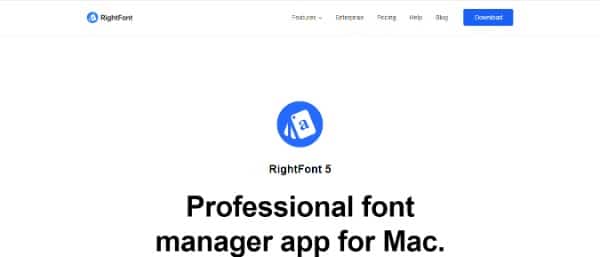

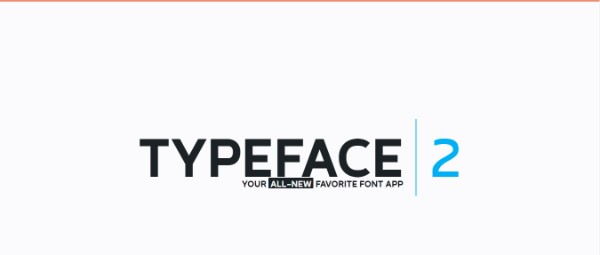
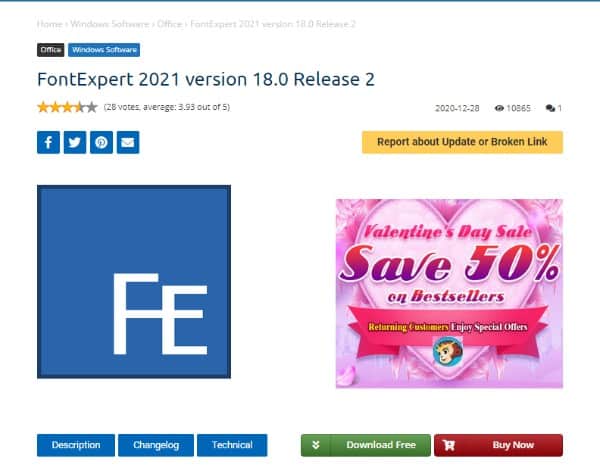
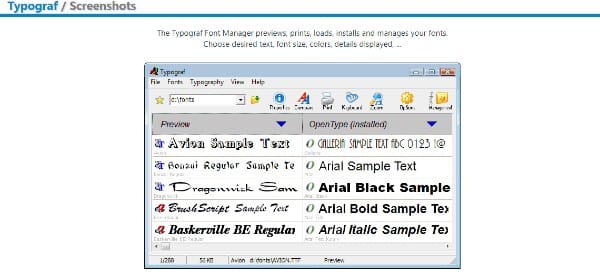

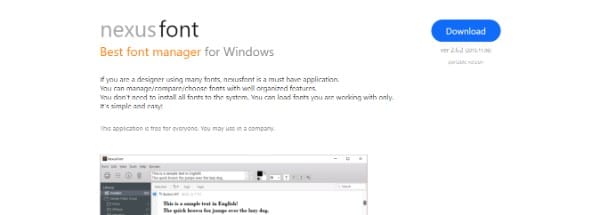
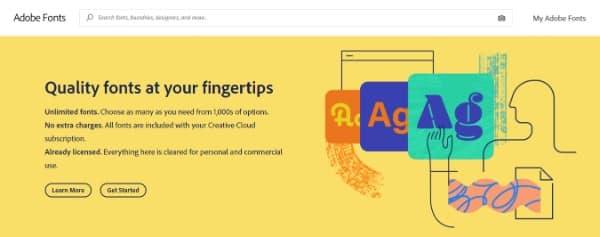

No comments:
Post a Comment